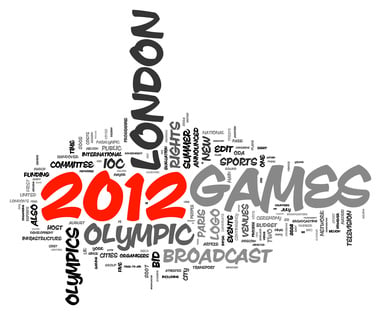The Royal Institute of Chartered Surveyors has just released its research into the regeneration of the Olympic Park site and associated infrastructure, and believes this regeneration will provide a lasting legacy in East London that will continue long after the games have finished.

© MacX - Fotolia.com
The independent research was commissioned by the RICS with the University of Westminster to compare planning and delivery of the London Games with the approach taken by previous host cities. It highlights London's focus on the regeneration in the heart of East London with the implementation of new infrastructure and new homes on and around the site. The report also highlights the importance of other nearby regeneration initiatives in areas such as Stratford City, which will provide opportunities for East Londoners.
According to the report in Build.co.uk, the global economic downturn has impacted on private sector investment, making the commitment of the government, host boroughs and wider stakeholders even more crucial in bringing about this project. The RICS is hopeful the good practice shown in London will help the planning of other major sporting events in the future and highlighted some of the key elements which have made this project successful so far. It points out the location of the Olympic Park is ideal for regeneration as it has good transport links to central London. Legacy planning has always been a priority and was identified in the Select Committee report in 2002 which set out the aims for London. A wide range of stakeholders has been essential for planning legacy aims, and the government has given its unequivocal support for this regeneration and lasting legacy which will be essential in the coming years.
Hugh Robertson, Minister for Sport and the Olympics, feels the regeneration of East London has been a real success story. He has pointed out that it now has some the best transport links in London and the largest shopping center in Europe, bringing thousands of jobs into the area, even though the full effect and benefits won't be felt until years after the Games.